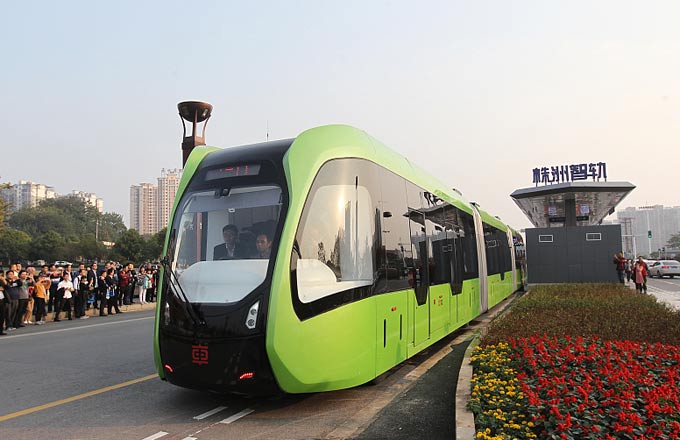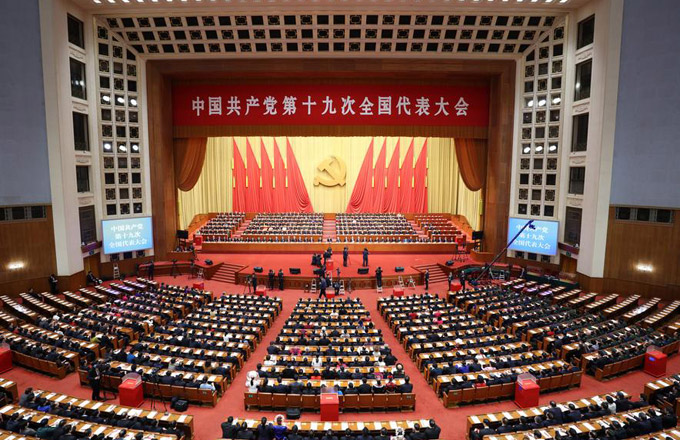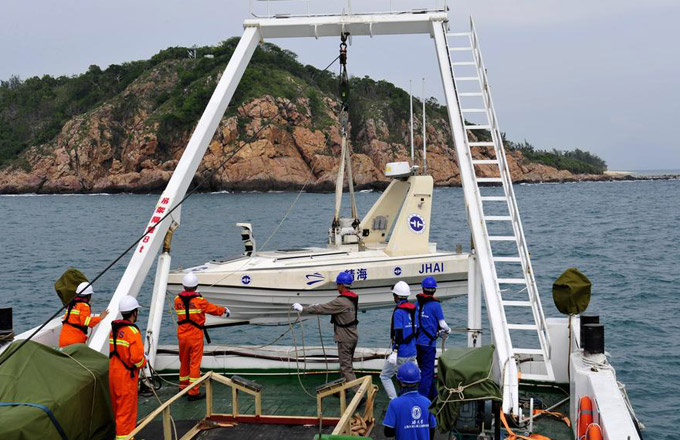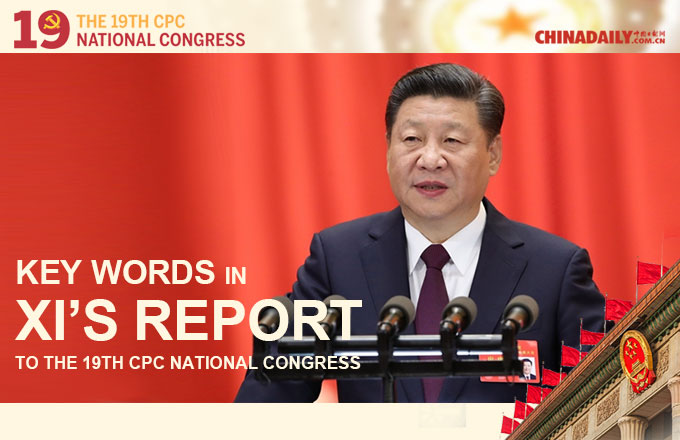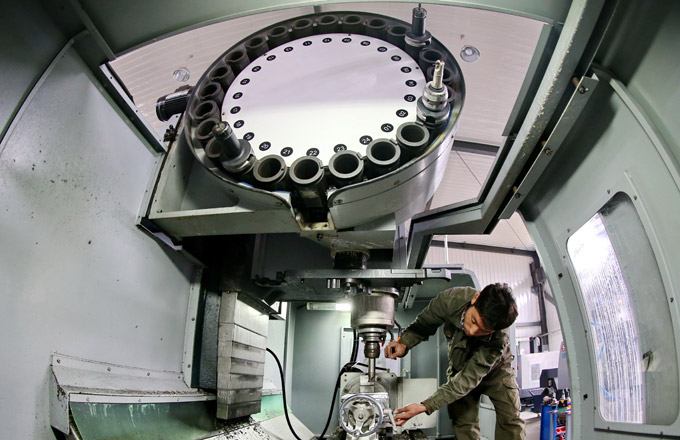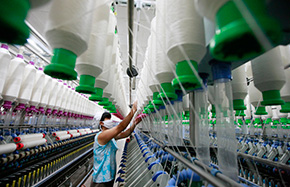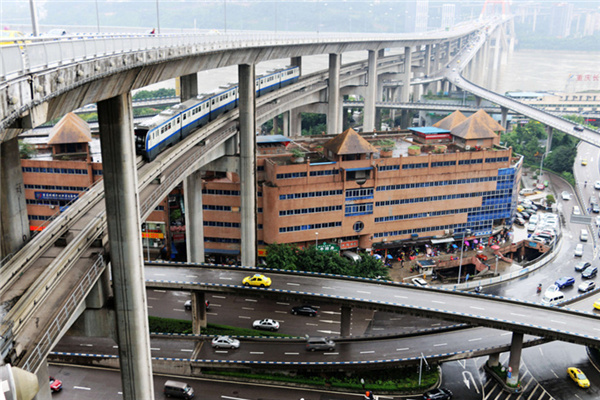Party chief: Guangdong can lead modernization drive
The southern province of Guangdong is well equipped to lead China's modernization drive, Hu Chunhua, the provincial Party chief, said on Thursday.
He attributed his confidence to its key strengths, having achieved robust growth under a market-oriented economy, being highly international, and possessing a steadily growing innovation-driven economy.
Guangdong took the lead in the country's reform and opening-up in the late 1970s, and it will continue to act as a pioneer in endeavors to achieve socialist modernization, he said.
Hu made the remarks on the second day of the 19th National Congress of the Communist Party of China in response to a reporter's question. He and other members of the delegation from Guangdong discussed the report delivered by General Secretary Xi Jinping at the opening of the congress. The delegation's discussion was open to the media.
In the report, Xi stressed that innovation is the primary force driving development and a strategic factor underpinning the building of a modernized economy.
Ma Xingrui, the governor of Guangdong, said the province invested more than 200 billion yuan ($30.14 billion) to support research and development last year.
In the overall development of the province's innovation-driven economy, Shenzhen stands out. Wang Weizhong, the city's Party chief, said the city will increase R&D investment from the current 4.1 percent of GDP to 4.2 percent over the next five years, to enhance basic research.
Meanwhile, the city will also allocate resources for its development into a world-class innovation hub with an output value of 4 trillion yuan, an increase of 1.3 trillion yuan from the current level, Wang said.
In addition, Wang said Shenzhen will work with neighbors Guangzhou and Dongguan to carry out the blueprint for the Guangzhou-Shenzhen Science and Technology Innovation Corridor. The corridor will tap into the potential of each city to achieve optimal results in the development of an innovation-driven economy.
Within the corridor, Guangzhou will focus on intensifying basic research, as it is home to many higher-education institutions; Shenzhen will translate innovation advances into goods and services; and Dongguan, a city boasting a highly developed manufacturing industry, is expected to be responsible for production.
Ren Xuefeng, Party chief of Guangzhou, said the city will also strengthen its role as a pivot, integrating resources from neighboring cities like Foshan and Zhongshan.
Ren and Wang said both Shenzhen and Guangzhou will take full advantage of the Guangdong-Hong Kong-Macao Greater Bay Area to strengthen cooperation with cities involved in this national-level development blueprint.
The bay area, announced by Premier Li Keqiang in March, is composed of nine cities in Guangdong — Guangzhou, Foshan, Zhaoqing, Shenzhen, Dongguan, Huizhou, Zhuhai, Zhongshan and Jiangmen — as well as the Hong Kong and Macao special administrative regions.





